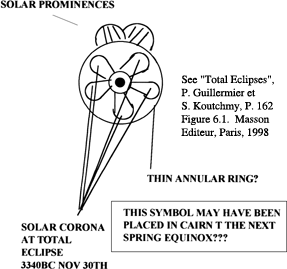Image from kaloujm.com
People have been using the sky as their source of navigation for years, and one of the first tools made for the purpose of aiding in navigation (that wasn’t a body part!) was the kamal. The exact date is unsure, but it’s estimated that this tool came into use around the fifth or sixth century. While it looks simple, made of just a piece of wood and some string with strategically tied knots along its length, it was highly effective at measuring relatively small angles, allowing ancient navigators to determine their latitude. It’s used by placing one end of the string between your teeth and extending out the wooden portion attached to the other end of the string an appropriate distance from your face such that the horizon is along the bottom of the wooden board and the star of interest (usually Polaris) to use for navigation is along the top of the board. The angle is then measured by counting the number of knots which are tied into the string, and this number corresponds to a certain degree of latitude. There were clear limitations to this tool, as it had a limit with it’s size and that it could only measure a set (pretty small) amount of angles, so it was only very useful in equatorial regions where Polaris remained very near the horizon. While we have come a long way in navigational tools over the last several centuries, it’s really awesome to see how something so simple can be such a powerful tool when resources and knowledge are limited.








